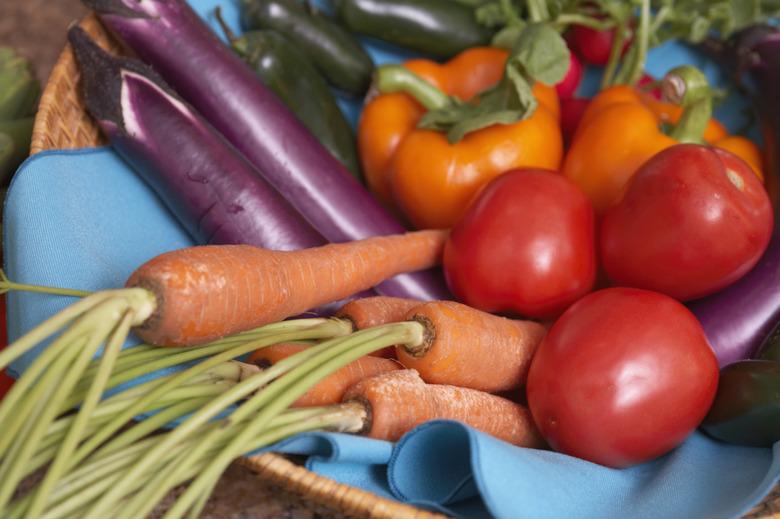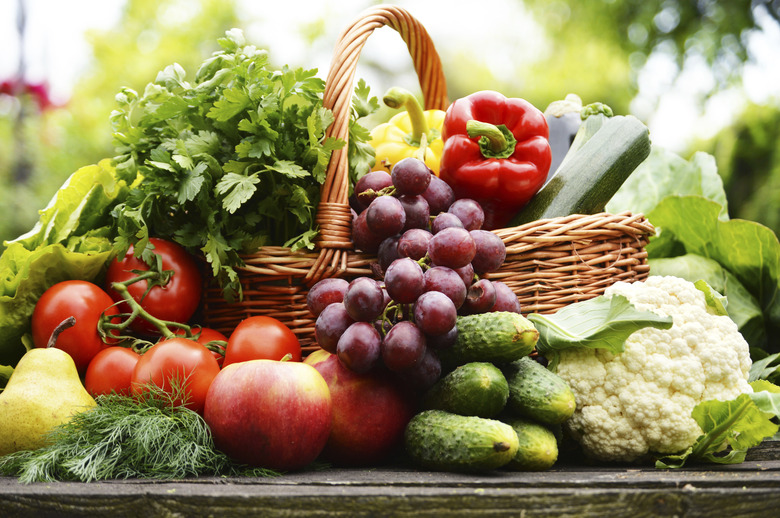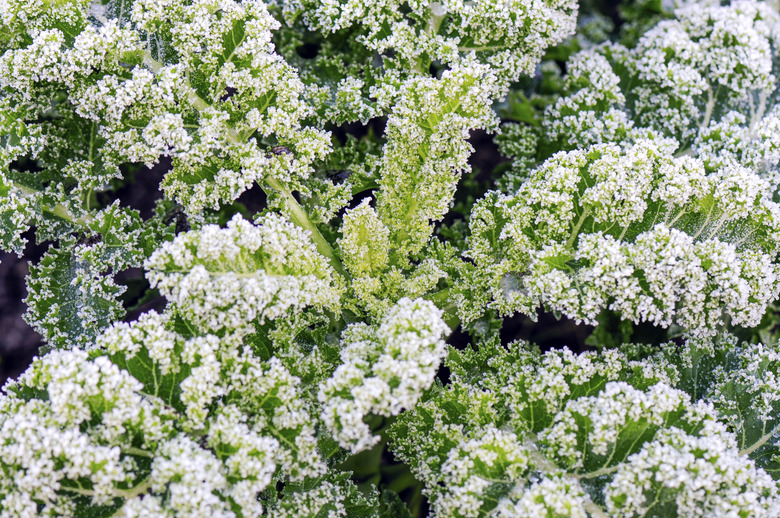When To Plant Vegetables In Ohio
When planning your vegetable garden, timing is crucial to getting the most from your hard work. Ohio gardeners can plant during three of the four seasons to get a bigger bounty at harvest times. Summers are long and hot, and winters can be brutal, but the spring and fall seasons bring additional planting times often overlooked.
Ohio's Climate
Ohio's Climate
Most of the Ohio falls within U.S. Department of Agriculture plant hardiness zone 6a, although certain areas are in USDA zones 5b and 6b. In USDA zone 6a, the average annual extreme low temperature is minus 10 to minus 15 degrees Fahrenheit. The ground freezes in winter; wait until the soil is workable to plant your early-spring crops.
Frost Dates
Frost Dates
Having a basic understanding and knowledge of the weather and average annual frost dates can help you plan your vegetable garden. Certain crops require a long growing season, some are considered tender and others grow best in cool temperatures. Knowing the average annual first and lost frost dates will help you get a good idea of when to plant your spring and fall vegetables. For much of Ohio, the dates of the average last spring frost — at 32 degrees Fahrenheit — range from the end of April to late May; the first frost dates in fall range from mid-September to mid-October.
Summer Vegetable Garden
Summer Vegetable Garden
The summer vegetable garden often takes first place among gardeners. In Ohio, planting dates for summer vegetables are after the last frost but early enough to ensure a long growing season. Many tender crops such as corn (Zea mays), tomatoes (Solanum lycopersicum), peppers (Capsicum spp.) and beans (Phaseolus spp.) need long summer days and a long growing season to produce the best crops. Tender crops are particularly frost-sensitive and may become irreparably damaged if exposed to frost or cold temperatures. Plant in the middle to end of May to help ensure a bountiful harvest.
Fall Vegetable Garden
Fall Vegetable Garden
Certain vegetable crops do best when they mature after the hottest part of summer. For example, summer's heat can make lettuces (Lactuca sativa) bolt and produce bitter leaves. Cole crops, including broccoli and cauliflower (both Brassica oleracea var. botrytis), cabbage (Brassica oleracea var. capitata), Brussels sprouts (Brassica oleracea var. gemmifera) and kale (Brassica oleracea var. viridis) also do best when planted late. Many of these crops are cold-tolerant and able to withstand frosts and temperatures down to about 20 degrees Fahrenheit.
Planting times for these cool-season crops are midsummer, allowing the plants to grow into fall. Plant them between late June and September.
Early-Spring Planting
Early-Spring Planting
You have the option of planting cool-season crops as soon as the soil is workable. Lettuces, root vegetables and cole crops can often go in the ground in March or April, as soon as the temperatures start rising and the ground thaws. This timing allows the plants to grow before summer's heat makes them bolt or turn bitter. Early-spring planting also reduces the amount of pests on seedlings.
Help protect young plants' tender leaves and stems from unexpected frosts by draping a protective sheet over stakes in the ground around them or by placing plastic bottles or milk jugs around individual plants.


